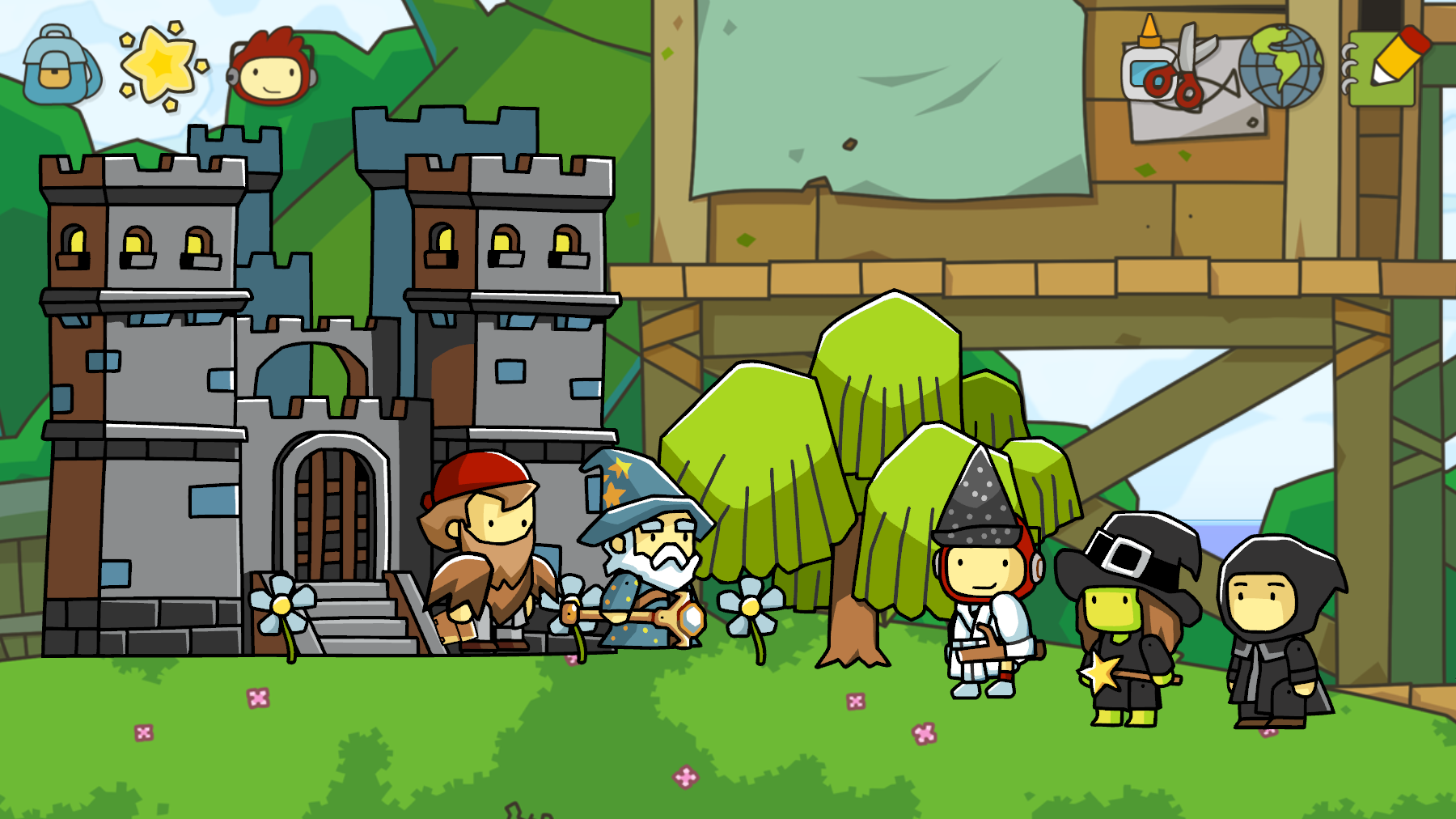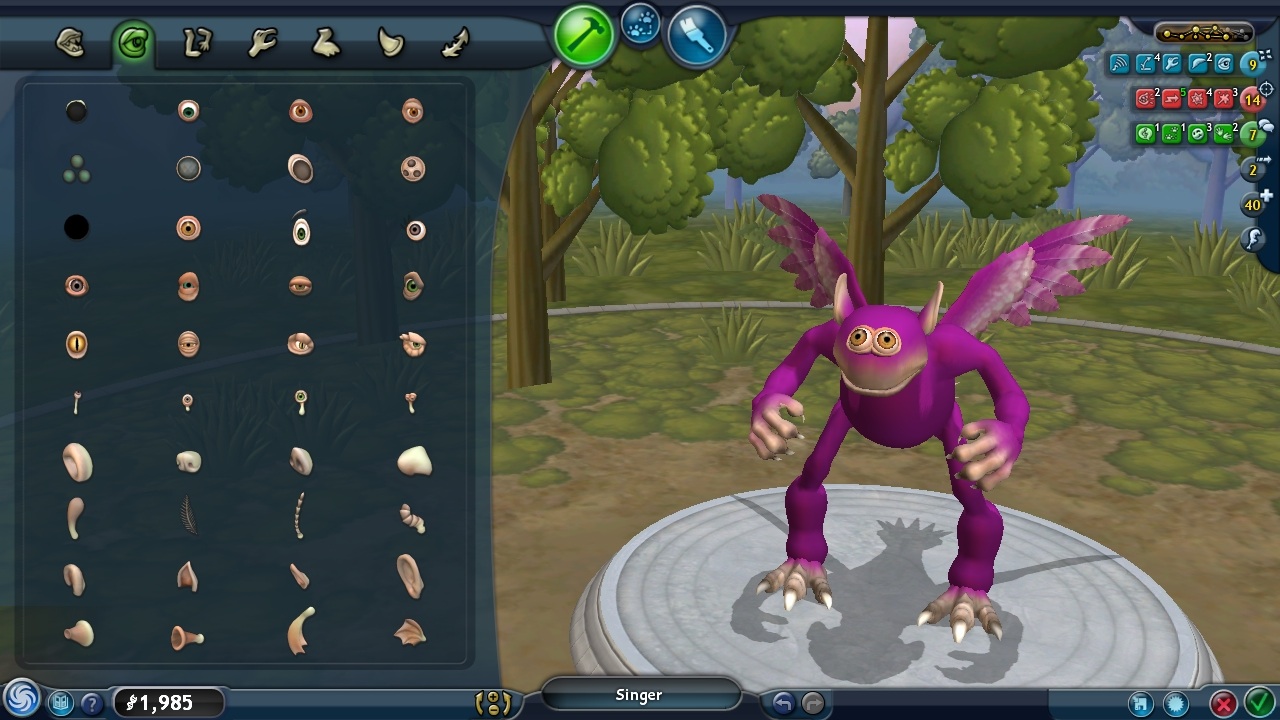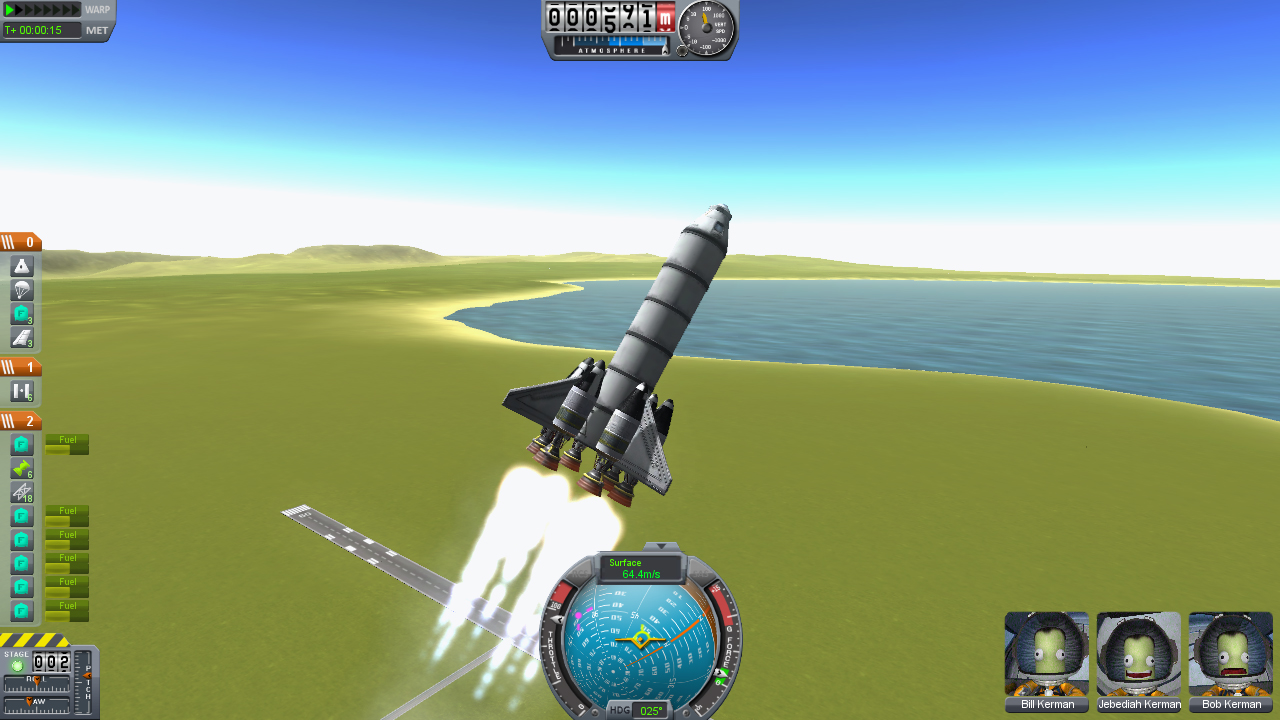Game creators have gotten more creative with their story-based games, including parameters that allow you to choose the manner in which you will play the game that will affect the ultimate outcome (the Mass Effect and Deus Ex series being chiefly successful in my mind). However, there is one genre that I have increasingly been rooting for, mainly because it allows for a bit more creative thought in the process: the "Sandbox" style game.
I spent a lot of time as a child in the sandbox in the backyard, creating countless cities (most of which were destroyed with a cataclysmic flood, i.e. the garden hose). I think that's why I like the sandbox games. By definition, a sandbox game has no set story and no linear gameplay. Some might give you a goal to work towards, but none of them specifically require you to follow a story. Many of them allow you to follow your own creative whims, resulting in some interesting creations. Here are a few of my favorite ones that I have played and why I think they are valuable:
Sim City 4
Okay, so technically, Sim City is a "simulation" game, but the way I play it, it turns out to be a sandbox game. I have been playing the Sim City series since version one, back when I was in elementary school (I hear the latest incarnation is terrible, though). In it, you act as mayor in a city that you build for whatever purposes you would like. In my eyes, it can be a great teaching tool to show how complex civil management can be. I still can't seem to get my cities to maintain a balanced budget... which is why I cheat.So for my game, one of the items I use to cheat is called the Money Tree. It's an object that charges you negative money, so it adds money to your account. Lots of it. So I use those funds to plan out a city, experimenting with the best methods of transit planning, zoning distribution, and city beautification. It turns the simulation into a sandbox, allowing me the freedom to do what my creative mind desires without the frustrations associated with the game. This one will always be in my back pocket, even though my favorite version came out ten years ago.
Garry's Mod
Scribblenauts
I first played this brand of game on my niece's Nintendo DS and I had an instant appreciation for it. In the game you play a character with a magic notebook. Whatever this character writes in the notebook will be manifested in real life. The game gives you various puzzles to solve, but leaves it open ended as to how you achieve the puzzle. For example, one of the first levels I played had a cat stuck in a tree with the goal being to get the cat down. Deciding not to try the obvious route, I decided to manifest a chainsaw and cut the tree down (with the cat in it, mind you... I'm not a cat person). The puzzle was solved and I got my reward. I was impressed by how many words were actually programmed into the game. Eventually, I just wanted to see how many things I could type before it got confused. I got to "narwhal" and gave up, because it kept manifesting everything I typed in.
Spore
I'm actually just getting into this game for the first time, although it has been around for five years. The essence of the game is to guide your way from being a single-celled organism to being the dominant species on the planet. The gameplay isn't incredibly complicated and actually is a lot of fun. A few years ago, though, they released the "creature creator" portion of the game for free, which I was instantly impressed with. It allows you to mix and match body parts to create any type of creature that you wished. I think I have more fun designing the evolutionary upgrades to my creatures than I do actually doing the foraging.
Kerbal Space Program
I discovered this game over the past year and instantly fell in love with it (probably due to my current job more than anything). In the game you are in charge of the space program of a race of small, green, aliens call Kerbals. Although the game is still in development, it can be incredibly addictive in its current incarnation. You design and build your own spacecraft like tinker toys with (hopefully) the right amount of parts to complete your mission. I have had many launch failures, but in doing so have learned the correct way to build and fly spacecraft.Oddly enough, however, this game was better at teaching me orbital mechanics than almost a year of working at a NASA center. It has illustrated for me important spaceflight topics like specific impulse, Delta-V, spacecraft staging, and even proper spacecraft design. Not bad for a game that it technically still "beta."
Minecraft
Of course, this is probably the most successful grass-roots sandbox game ever developed. For those who haven't heard of it before, I can basically describe it as "digital legos." You can build any blocky creation that your mind desires, as seen in the image above.This game actually has a survival mode as well, (you have to go around and collect resources and protect yourself from monsters) which I like playing with other people. My extended family all have this game as well as our own private server that we play on occasionally. By playing with other people, we can divide our labor and collect more resources. This allows for faster construction and overall safety for the group in the world. It is quite fun to see what you can achieve with other people at your side.
Overall, I think gaming companies could learn something from the more successful sandbox games out there. Nowadays it seems like the only thing being encouraged through mainstream games is more guns, faster cars, more zombies, more aliens, and more turning off your brain. We give babies toys to help stimulate their brain, but often forget that there are still ways of stimulating your brain and having fun while doing it. While I admit that there are plenty of people who waste their time on video games, I would still argue that they are a valuable medium for creative thought. People can waste time crafting, golfing, reading novels, watching reality television, running for political office, etc. Moderation in all things applies across the board, whatever your activity is. However, I believe that video games, like many other mediums, has the same power to instill imagination within individuals.
So keep calm and game on!






